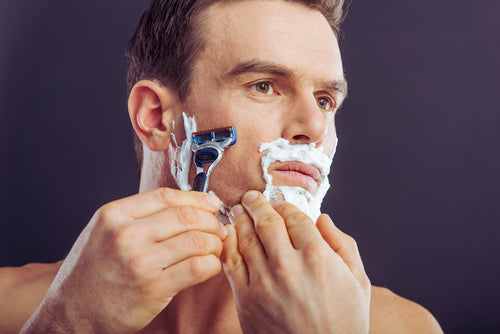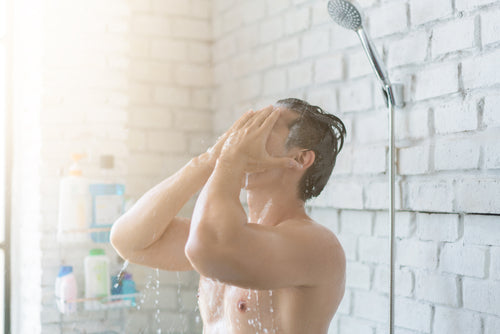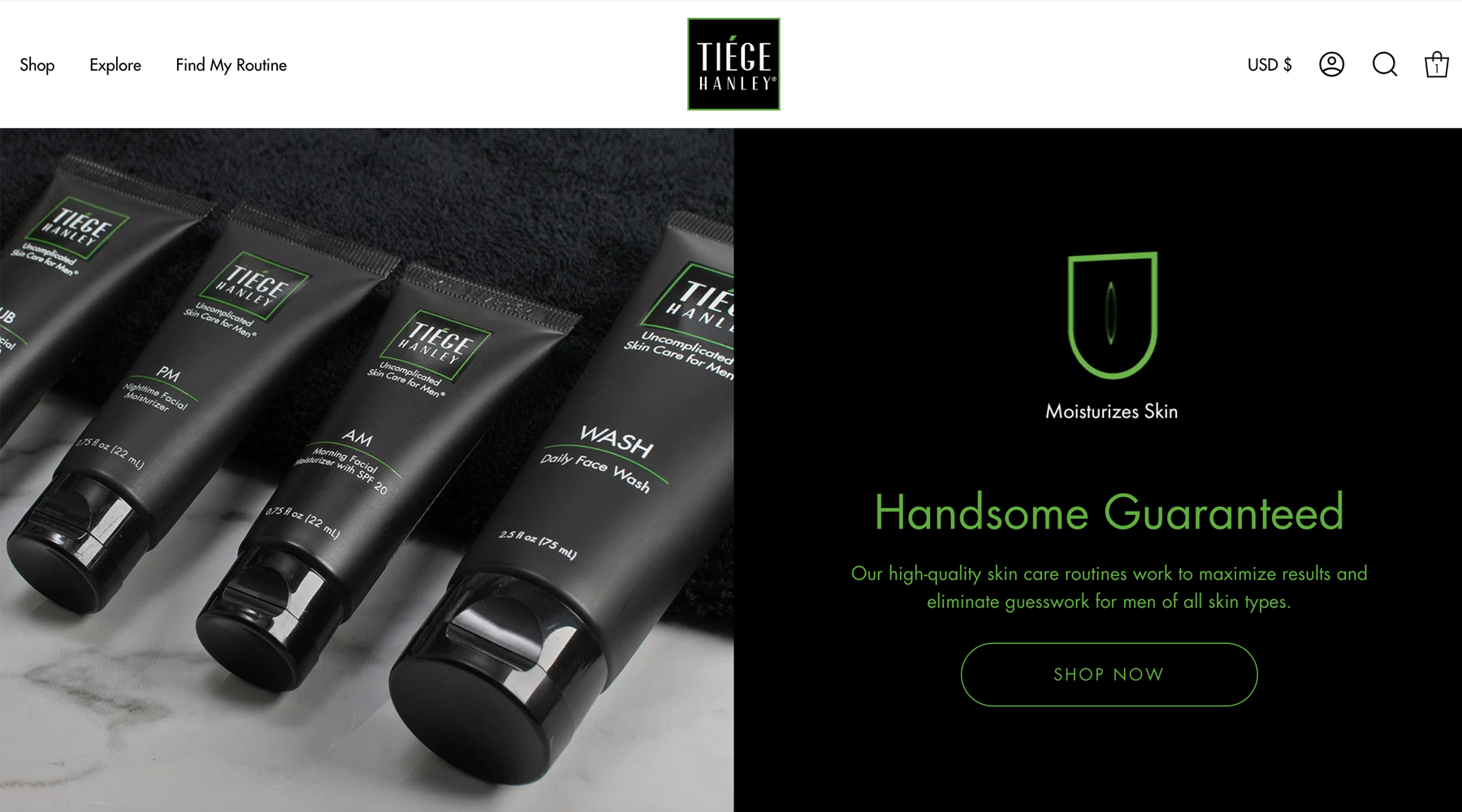Nothing ruins a perfectly good shave like breaking out in red, angry-looking bumps. Is this acne or something else? Either way, you no doubt want to prevent it from happening again in the future.
Here are three of the things you ought to know:- You’re most likely breaking out in razor bumps, not pimples.
- However, shaving can cause also acne. Dirty razor blades, irritating skin products and poor shave prep can cause breakouts.
- Knowing the difference between razor bumps and acne is key to effective treatment.
Razor Bumps vs. Acne—What’s the Difference?
It’s easy to mistake razor bumps for acne. Both can present themselves as red bumps that can be painful to the touch. However, they occur for two different reasons:
Razor Bumps. When the hair is cut and grows back into the skin, it can result in an ingrown hair. These ingrown hairs can irritate the hair follicle and result in redness and swelling.
Acne. Acne occurs when pores become clogged with oil and dead skin cells. While whiteheads and blackheads are easy to identify, the real problem is when your pimples become inflamed.
Telling the difference between inflamed pimples and razor bumps can be difficult. If you only break out after shaving, then it could be razor bumps and nothing more.
However, there is also a chance it could still be acne caused by shaving. Improper shaving can result in embarrassing blemishes that look even worse than they feel.

How Shaving Can Cause Acne
Shaving can cause acne in a few sneaky ways. If your blemishes appear soon after shaving, the following could be to blame:
- Dirty/Old Razor Blades Old razor blades can harbor bacteria, which can then make their way into your skin when you drag your blade across your face. Be sure to swap out your razor every five shaves—10 is the absolute max.
- Shaving Products Some shaving creams and gels can irritate the skin, causing swelling and inflammation that turns into a pimple. To reduce breakouts, look for skin care products that are designed for men and are free of fragrances and dyes.
- Rinsing Your Face with Hot Water After you’ve finished shaving, you need to close your pores to prevent dirt and debris from getting in there and causing acne. Rinsing with cold water after your shave will do the trick.
Acne or Razor Bumps?
After getting new razor blades and shaving products made for sensitive skin, you’re still breaking out on your face. What’s going on?
This could mean that your blemishes are razor bumps. Check to see if you’re making these shaving mistakes:
- Dull Blades Like we said, razor blades should be replaced regularly. The blades can become dull quickly, resulting in both a poor shave and ingrown hairs. These ingrown hairs can swell and look like tiny, angry pimples.
- Not Showering Before You Shave Hopping in a warm shower helps open your pores and allows you to get a close, clean shave. It’s also a good time to clean your face and scrub away the dirt and grime.
- Using Bar Soap Bar soap is not formulated for your face and is extremely drying to the skin. Use a men’s facial cleanser that is specifically formulated for your skin instead. This will reduce skin irritation and prevent both acne and razor bumps.
- Poor Shaving Technique Shaving against the grain is a huge no-no. This will tug at the hair, pulling it away from the skin and increasing your chance of getting razor bumps.

How to Prevent Razor Bumps and Acne
If you don’t know whether your red bumps are acne or razor bumps, don’t stress too much over it. Many of the treatment options can help reduce both.
- Establish a Proper Skin Care Routine. Proper cleaning, exfoliating and moisturizing are essential to achieving the best shave with no acne or razor bumps. Choose a men’s skin care kit that contains products that are free of synthetic fragrances and dyes to avoid irritating the skin.
- Choose the Right Tools. The best way to avoid razor bumps and acne is by not shaving at all. Of course, we get that not everyone wants to rock the five o’clock shadow look. If you must shave, choose a single-blade razor over a multi-blade razor to reduce the likelihood of razor bumps.
- Replace Blades Regularly. If you have a difficult time remembering to buy more razor blades, consider getting a subscription. Using dull or old blades is wreaking havoc on your skin!
- Wash Your Razor Properly. Rinse your razor after every stroke to remove the debris and ensure a clean shave. After you’re finished, run the blade with hot water to sterilize it.
- Use Pre-Shave Oil. Using a small amount of pre-shave oil is key to achieving the perfect shave. Be sure to choose a pre-shave oil with high-quality ingredients and you’ll notice a huge difference in the way your razor blade glides effortlessly over your skin. Don’t forget to follow up with a men’s aftershave containing skin-soothing ingredients.
- Use a Men’s Acne Treatment System. If you are still plagued by persistent acne, use a men’s acne treatment system to get it under control. It’s much easier to shave on a clear face than on one covered in acne.
Final Thoughts
While shaving can cause acne, many guys mistake their razor bumps for pimples. The truth is that there are many missteps that a man can make during his shaving routine.
The good news is that it only takes a few simple adjustments to your routine to achieve a blemish-free shave. With new, clean blades, the right products, proper shave prep and shave technique, you can get a perfectly smooth shave that shows off your chiseled jaw.
References
PubMed.gov: Halder, Rebat M. “Pseudofolliculitis Barbae and Related Disorders.” Dermatologic Clinics, vol. 6, no. 3, 1988, pp. 407–412., doi:10.1016/s0733-8635(18)30652-1.








